CFD Analysis of Hull Aerodynamics
TotalSim Searches for the Cause of Side-By-Side Blow-Over of Identical High-Performance Catamarans
The Situation:
In 2019 there was a significant incident during the Race World Offshore World Championships in Key West, where two identical Doug Wright 32' race-prepared catamarans experienced a simultaneous blow-over.
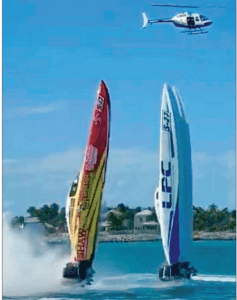
Client Challenge:
Porta Performance owner and multiple times World Champion Scott Porta wanted to understand the aerodynamic forces and interactions that led to lift and instability, ultimately causing the blow-over. He requested the help of our technical director Naethan Eagles to uncover the specific technical issues and dynamics that contributed to this dangerous event, with the goal of proposing solutions to enhance safety and performance in high-speed boat racing.
Type of TotalSim Engagement:
TotalSim used CFD modeling to simulate the blow-over incident. This simulation involved assessing the forces and moments acting on the catamaran at different angles and configurations to understand the aerodynamic factors contributing to the instability.
What TotalSim did:
The CFD model was used to analyze drag, lift, and resultant forces on the catamaran at various angles. This analysis helped in understanding how changes in the boat's orientation affected the aerodynamic forces and moments. CFD provides a visual representation of airflow patterns around the boat. The study likely involved examining these visualizations to identify areas of high or low pressure, turbulent zones, and other aerodynamic characteristics.
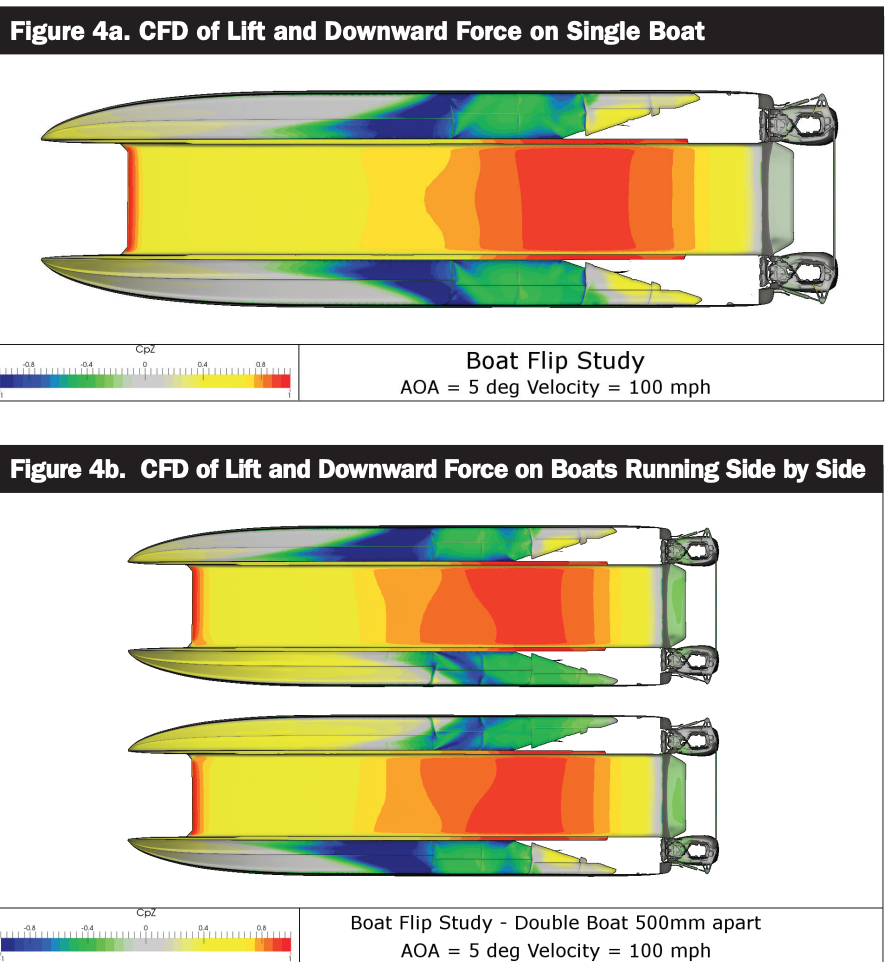

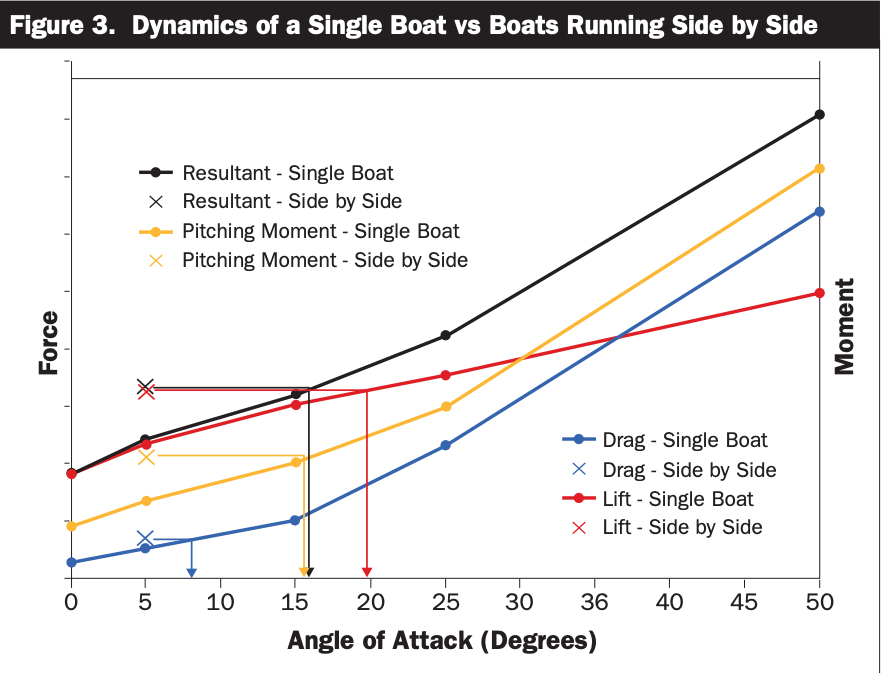

Results:
TotalSim was able to make specific recommendations to reduce the risk of such incidents, including maintaining a sufficient gap between boats to allow air to escape and the possibility of adding a device to counteract lift and stabilize the boat.
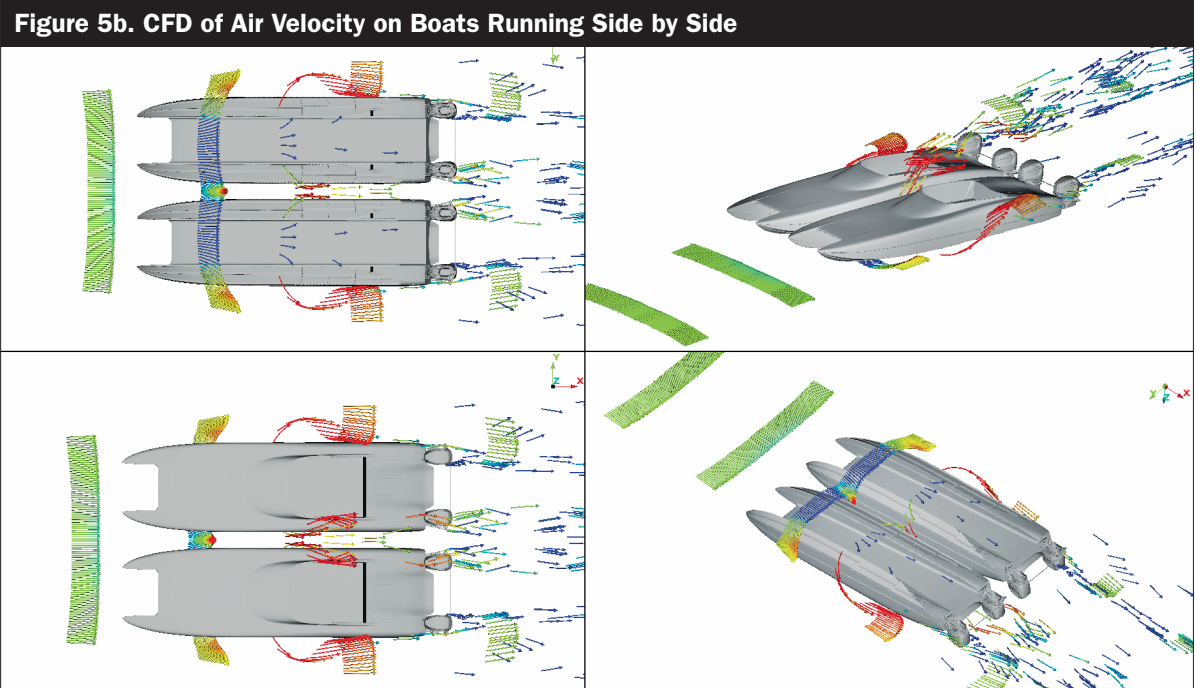

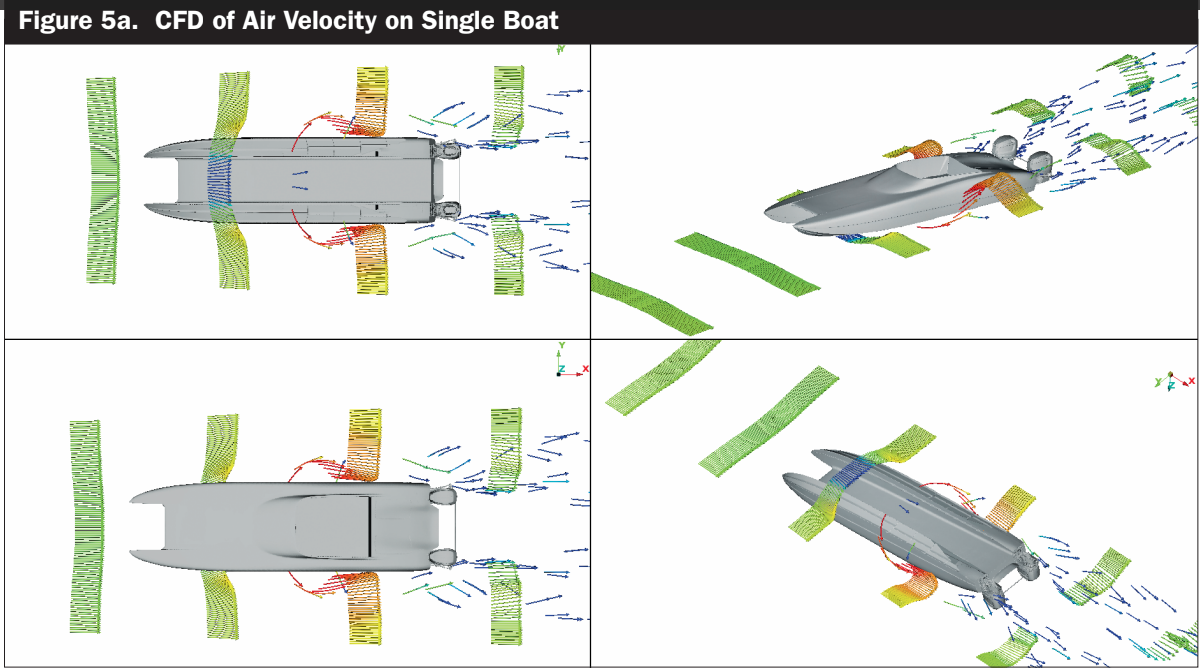

Learn more about the ways TotalSim can help you overcome your aerodynamic challenges
*What is CFD?
Computational fluid dynamics (CFD) is a branch of fluid mechanics that uses computer numerical analysis and data structures to analyze and solve problems that involve fluid flows, typically solved on large supercomputers. Fluid mechanics plays a significant role in the engineering process when developing new designs. Analyzing the aerodynamic and thermal qualities of a product using experimentation is a well-established approach however experimentation can be costly, limiting, time-consuming, and difficult to execute especially on a large scale. Progression of computing power has allowed the field of CFD to prosper acting as a complement to physical testing and in some cases replacing it. CFD is the science of predicting fluid flow, heat transfer, mass transfer, chemical reactions, and other flow properties by solving governing fluid flow equations using numerical methods. Across the industry, CFD is routinely used to drive product development, troubleshoot issues, study and optimize new designs and concepts, and map performance. CFD methods are heavily used across many disciplines with motorsports being a leading proponent.
